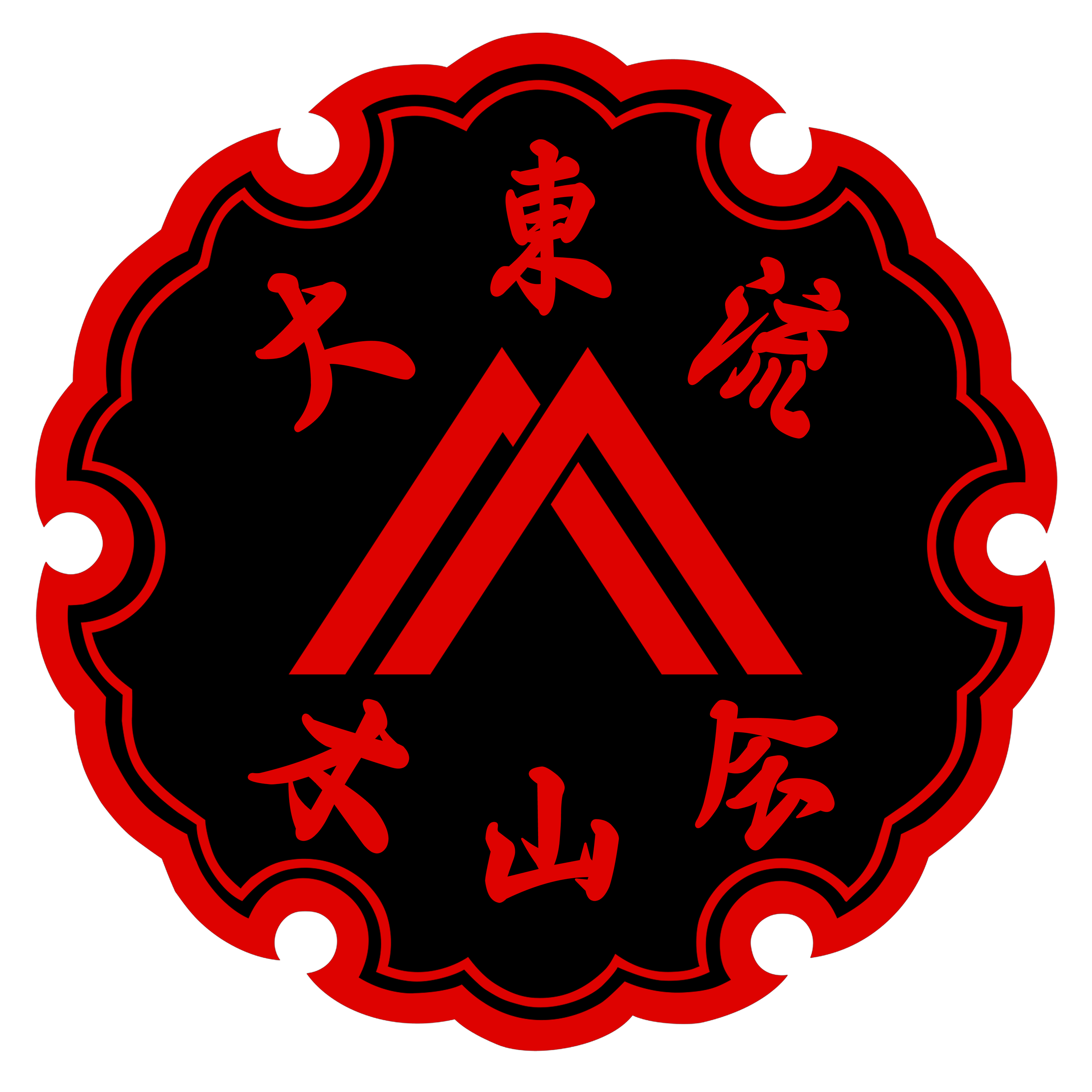HISTORY
Sokaku Takeda
Daito Ryu Aikijujutsu...
is a 1,200-year-old samurai martial art and National Treasure of Japan. Its core principles focus on subtle manipulations of balance that can complement and enrich any martial arts training. Daito Ryu is not just a set of techniques, but a mindset that can transform budo practice.
Once secret and passed generation to generation through the Takeda clan, the system of Daito Ryu Aiki Jujutsu was revived in the late 19th century by Sokaku Takeda, 32nd in line of the Takeda family. Takeda taught throughout Japan using a seminar system to spread the art. In the early 20th century he taught thousands of Japan’s highest ranked martial artists from Judo, Kenjutsu, Jujutsu and Karate.
It has directly influenced the development of many popular martial arts, such as Shorinji Kempo, Hakko Ryu Jujutsu, Hapkido and most famously Aikido, whose founder Morihei Ueshiba trained extensively in Daito Ryu.





